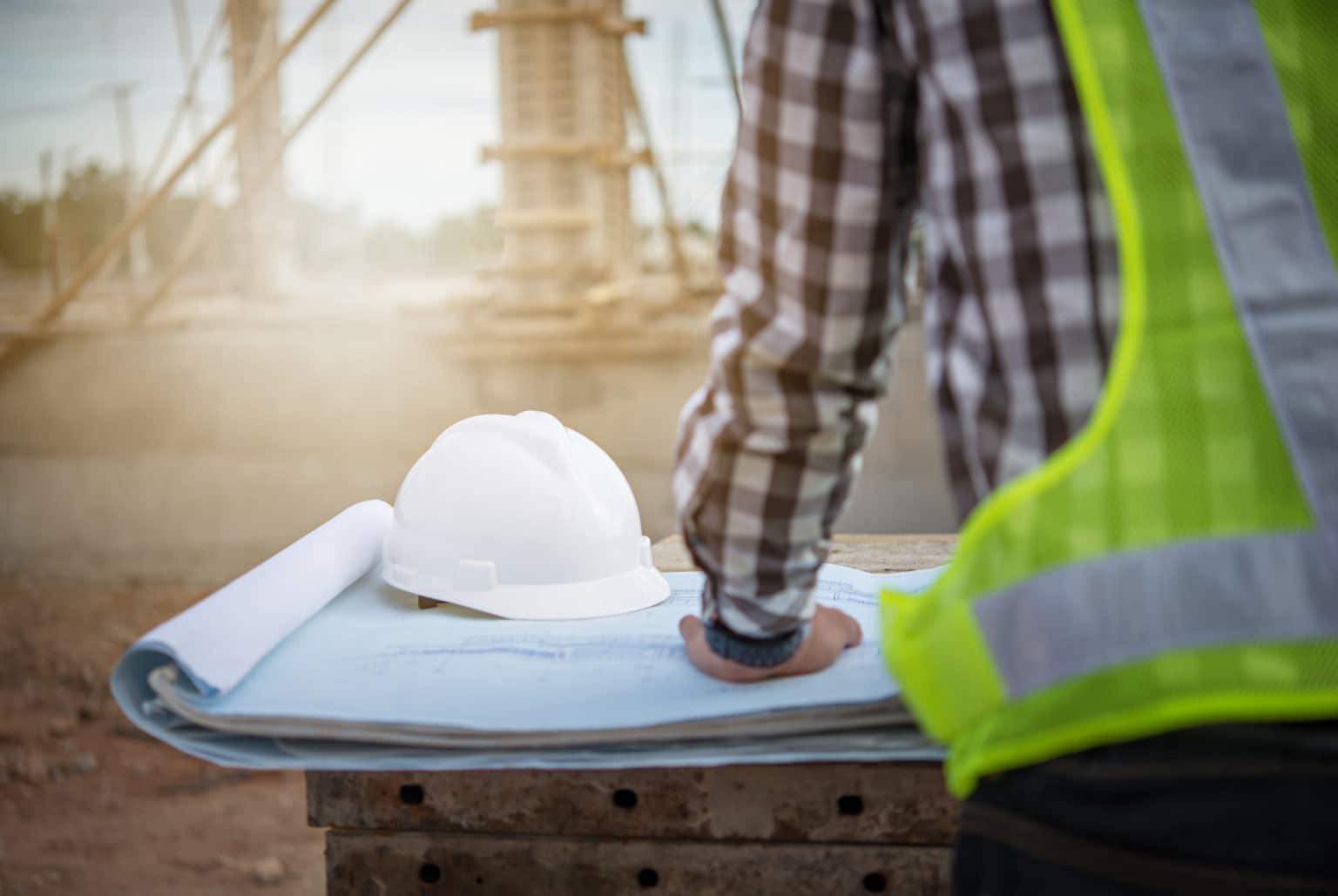Construction as a vocation is an inherently dangerous one – something that not many in the UK will need explaining. Construction sites are hazardous places, and the risk of injury or death is dramatically higher than in the vast majority of other workplaces.
Health and safety, then, is one of the more important considerations for management and executives in construction firms or contractors. The safety of staff is paramount for numerous reasons, least of which is the profitability and longevity of the business or project in question.
Profitability and Duty of Cares
The injurious nature of the workplace should be a moral concern more than a financial one, but the threat of industrial civil claims against contracting firms should be incentive enough for executive staff to greenlight expenditure above and beyond the bare legal minimum.
Construction managers and supervisors have a duty of care to their workers, and a moral imperative as well as a legal one to ensure their day-to-day work is safe as can be. As a construction site manager, what are some essential ways to promote health and safety on site?
Construction and Injury
In order to understand the profound importance of health and safety leadership in construction management roles, it might first be useful to examine some of the statistics associated with injury in the UK construction industry.
It is no coincidence that, of the data collected by the Health and Safety Executive (HSE), construction is one of the most injurious industries in the country. According to Labour Force Survey statistics reported by HSE, construction had the second-highest rate of non-fatal workplace injury – with an annual average of 2,880 injuries.
In terms of fatal injuries, the most recent statistic is a sobering one. The number of fatal incidents in construction increased by 50% between 2021-22 and 22-23, with 45 deaths resulting from an on-site construction accident or incident.

Risk Assessment
Risk assessment is the most important part of the health and safety process when it comes to construction. Not only do risk assessments provide a comprehensive analysis of site risks, but also accountability for those responsible for addressing them. Risks are identified on-site, and potential solutions ideated in real time. Implementation of these solutions is delegated to a relevant supervisor or worker, ensuring there is a direct line of command and point of contact for issues relating to the specific risk identified.
PPE and Training
While the solutions for such risks would ideally involve elimination or substitution of each risk, this is often not possible. In such cases, PPE – as a ‘last resort’ for protection from hazards – plays a vital role. All construction sites should be providing adequate PPE free of cost to workers on site, as well as providing training in the proper and effective use of said PPE.
